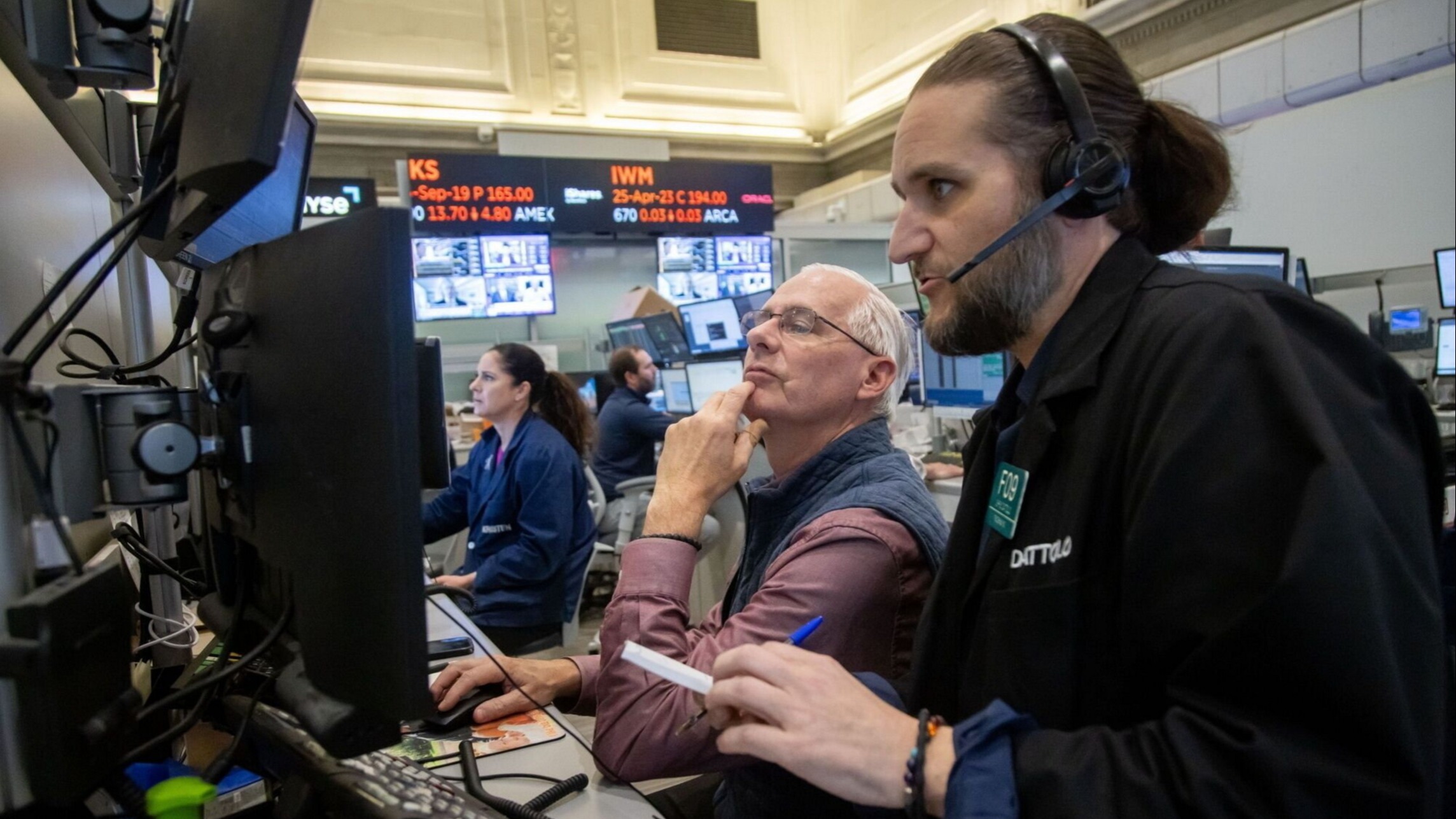U.S. stocks are lagging behind global markets by the widest margin since 1993. Investors fear that President Trump’s aggressive tariff policies and a weakening dollar could lead to stagflation, compounding the market’s challenges.
US stocks underperform rest of world by widest margin since 1993

Key Takeaways:
- U.S. Stocks’ Historic Underperformance: The most significant lag behind global markets since 1993.
- Investor Fears of Stagflation: Concerns that tariff policies could stagnate growth while increasing inflation.
- Weakening U.S. Dollar: The declining dollar value is exacerbating market issues.
- Impact of Tariff Policies: President Trump’s tariff blitz is central to investor anxiety.
- Overall Market Sentiment: Growing uncertainty and caution among investors.
U.S. Stocks Fall Behind Global Counterparts
U.S. stocks are underperforming the rest of the world by the widest margin since 1993. This significant gap has raised concerns among investors about the health and direction of the American economy. The last time such a disparity occurred was over two decades ago, highlighting the severity of the current market situation.
Investor Concerns Over Tariffs
Investors fear that President Trump’s aggressive tariff blitz could lead to stagflation—a precarious mix of stagnant economic growth and rising inflation. The implementation of new tariffs has introduced uncertainty into global trade relations, causing businesses and markets to react cautiously. This apprehension is reflected in the underperformance of U.S. equities.
Weak Dollar Exacerbates Market Woes
A weakening U.S. dollar is adding to the market’s struggles. As the dollar’s value declines, import costs rise, which can contribute to higher inflation. Additionally, a weak dollar may deter foreign investment, further impacting the stock market. The interplay between currency value and trade policies is creating a challenging environment for economic growth.
Historical Context Highlights Severity
The current underperformance is the most significant since 1993, a year that also saw extensive economic challenges. Comparing today’s market to that period emphasizes the potential risks ahead. Investors and analysts are closely monitoring the situation, drawing parallels and seeking strategies to mitigate potential losses.
Looking Ahead Amid Uncertainty
The combination of tariff tensions and a weakening dollar has led to growing uncertainty among investors. Market participants are weighing their options carefully, considering the possible long-term effects on the economy. While some remain hopeful for a rebound, others advocate for caution until clearer indicators emerge.
Your goal is to maintain the integrity of the original information while improving its presentation for TIME Magazine’s audience. This article presents the facts as provided, formatted and styled appropriately for the publication.











